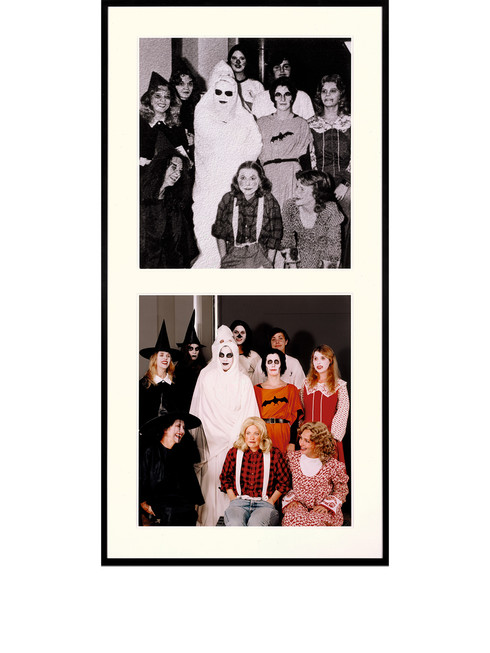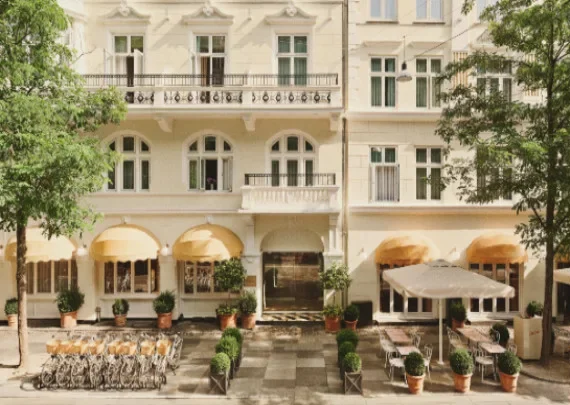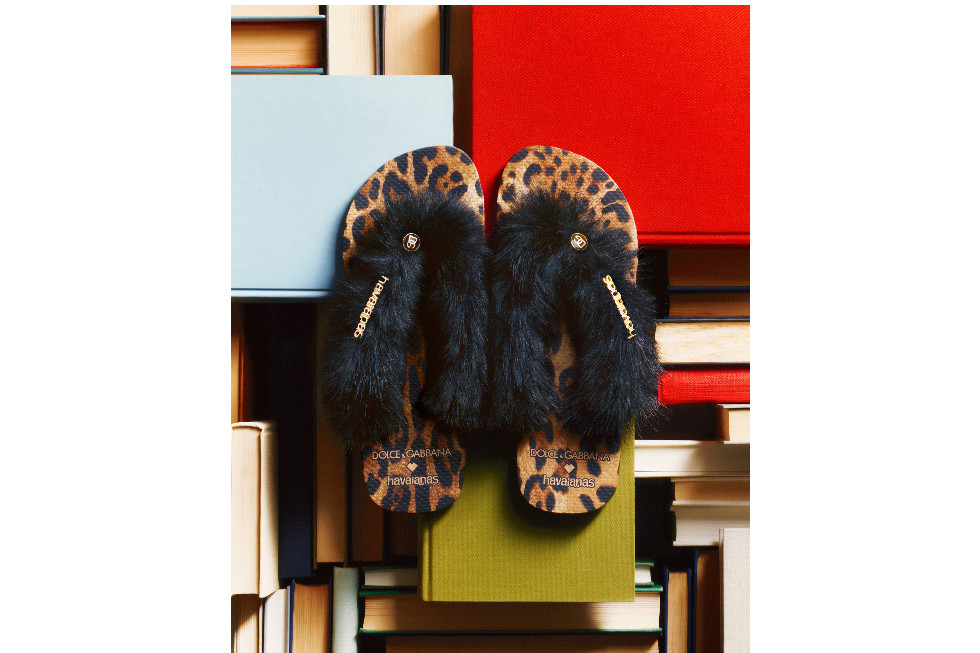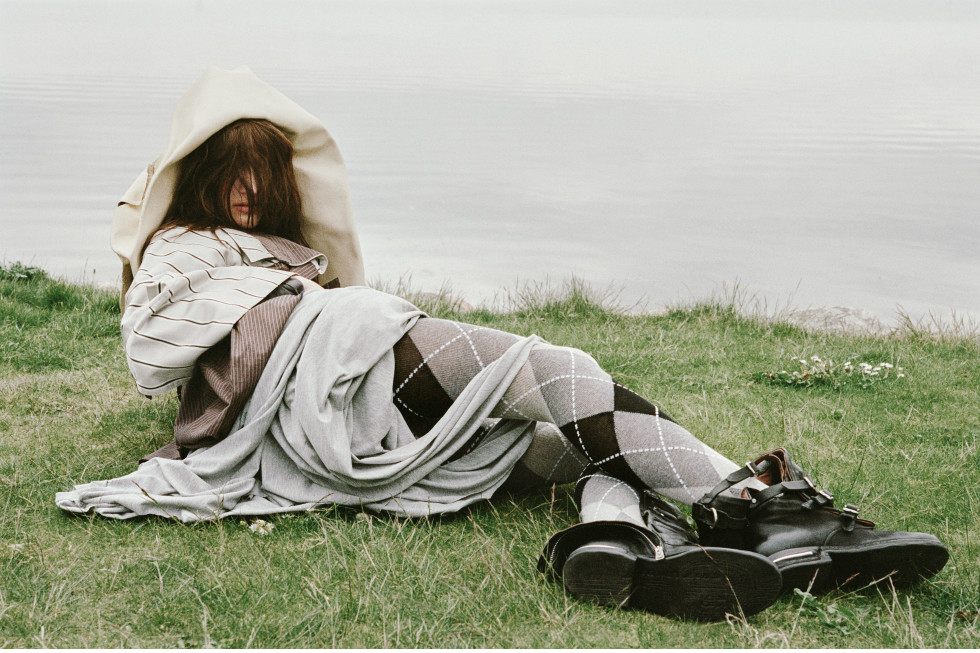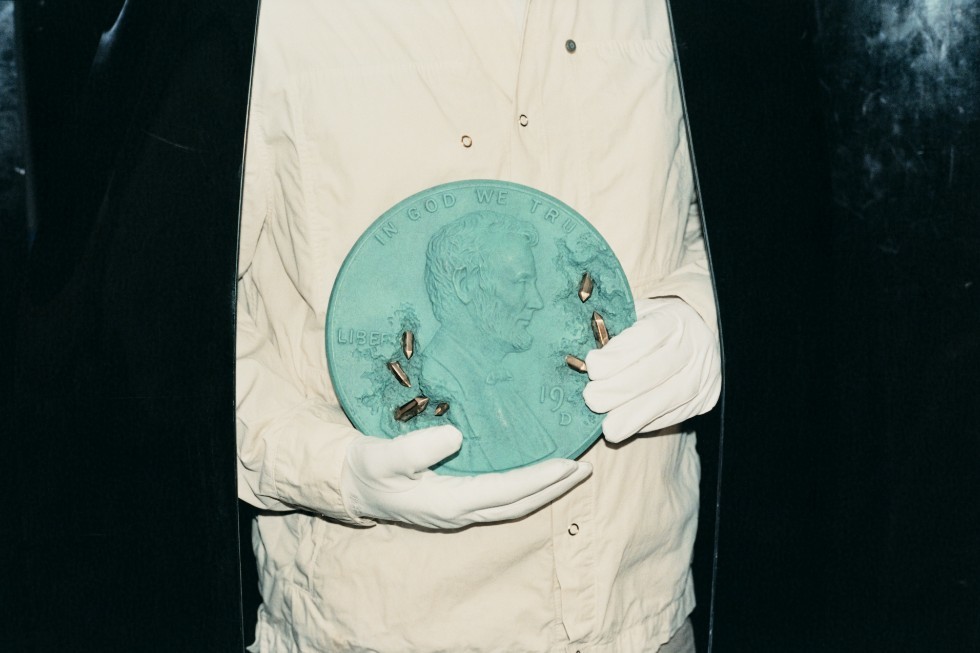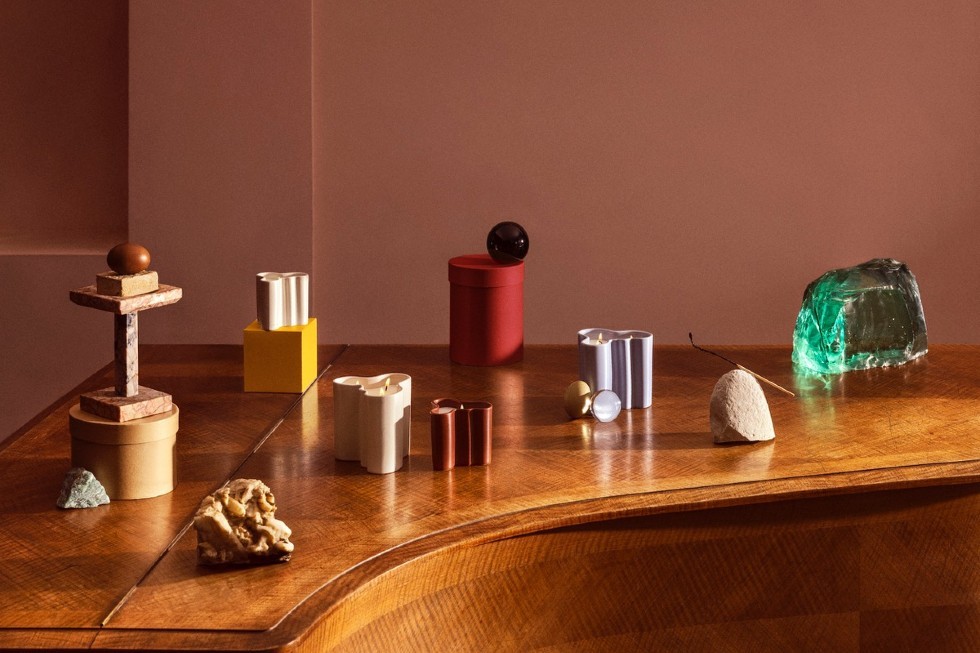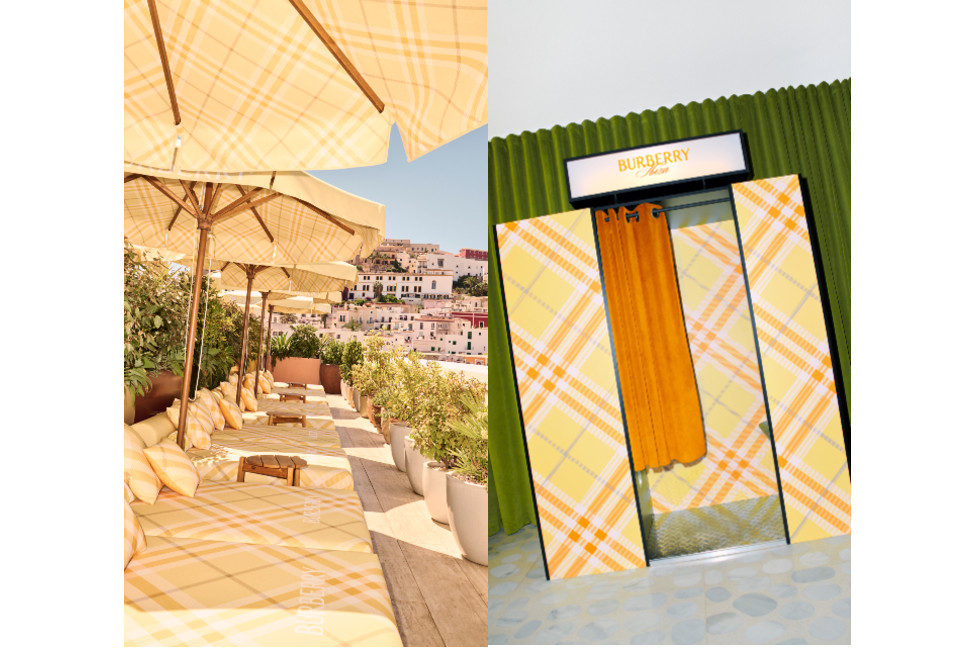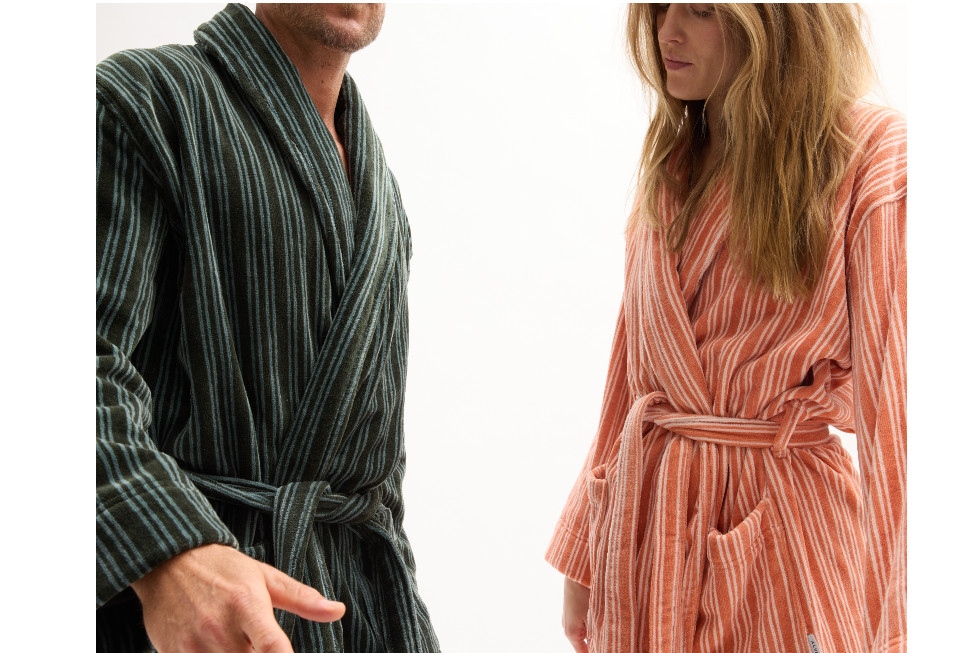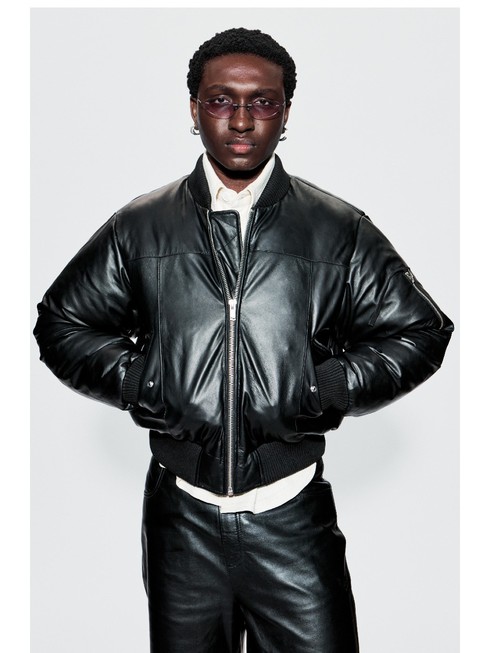Stockholm Art Week: Mike Kelley: An Interview With Hendrik Folkerts
Stockholm Art Week: Mike Kelley: An Interview With Hendrik Folkerts text Zohra Vanlerberghe Extracurricular Activity Projective Reconstruction #10(Group Portrait), 2004-5 photography Robert McKeever courtesy of the artistand Mike Kelley Foundation for the Arts© Mike Kelley Foundation for the Arts/Bildupphovsrätt 2025 Emerging from 1970s Los Angeles, Mike Kelley tore apart the myths of education, class, and mass culture, exposing the psychological undercurrents beneath their sanitised surfaces. His art was never just about provocation; it was a relentless excavation of memory, trauma, and the absurdity of the systems that shape us. Ghost and Spirit, a major retrospective at Moderna Museet, delves into the artist’s multidisciplinary practice and the challenges of presenting his expansive body of work. Hendrik Folkerts, curator of the exhibition, highlights Kelly’s exploration of identity, memory, and the underbelly of American culture, while also emphasising Kelly’s enduring relevance, particularly in today’s era of deconstructed myths and critical discourse. Natalia Muntean: Could you start by telling me how this exhibition came together? What was your approach to presenting Mike Kelley’s work? Hendrik Folkerts: There are several important layers to this. Moderna Museet has a long-standing relationship with North American art dating back to the late 1950s, though historically this was very New York-centric – focusing mainly on white East Coast artists. In recent years we’ve consciously expanded this perspective to include Los Angeles, Chicago, the American South, and other underrepresented narratives. Mike Kelley’s exhibition fits perfectly within this expanded vision. The scale of this retrospective made international collaboration essential. We’re working with Tate Modern, Centre Pompidou, and K21 because such an ambitious exhibition simply can’t be done alone today. The works come from collections worldwide, and the logistics – particularly transportation costs – are enormous. When Tate first approached us about collaborating, the decision was immediate. It made perfect sense for our program, especially as we already hold several important Kelley works in our collection. NM: Given Kelley’s multidisciplinary practice and the breadth of his work, how did you approach the curation? Was there any adaptation for Scandinavian audiences? HS: Kelley’s work operates on multiple parallel tracks, examining how we construct identity, challenging institutional structures, and questioning art’s role in society. He rebelled against the dominant minimal and conceptual art of his student years, seeking more expressive forms. We conceived this as a “focused retrospective” – not attempting to show everything, but diving deep into key bodies of work that represent his evolving practice. The exhibition moves chronologically from his early performances in the late 1970s through his explorations of memory and trauma in the 1990s, culminating with his final installations from the 2000s. The architectural design, created with Formafantasma, is crucial. We’ve used perforated steel walls that create transparency between sections while maintaining intimate viewing spaces. The walls float 40cm above the floor, creating this dual sensation of being in a specific moment while remaining aware of the larger narrative. Regarding Scandinavian audiences – our primary responsibility was to Kelley’s work and its context. We’ve invested significantly in interpretive materials, assuming most visitors won’t be familiar with 1980s-90s American culture. Interestingly, there’s a strong Swedish fascination with American culture that creates fertile ground for Kelley’s critique of its seductive power and hidden darkness. NM: Kelley’s work balances humour with profound melancholy. How did you maintain this tension in the exhibition? HS: That duality is inherent in the work itself – things are simultaneously funny and disturbing. We’ve been careful not to over-explain, allowing the pieces to speak while providing enough context for viewers to engage critically. Kelley’s Detroit upbringing was crucial. Growing up in a working-class suburb where the American dream was already failing gave him an innate understanding of its contradictions. He transformed this personal experience into a broader critique of national mythology. In each gallery, we connect the specific works back to these central concerns, helping visitors see both the immediate impact and larger significance. NM: With such an extensive body of work, how did you select which pieces to include? HS: Kelley worked in clearly defined series, which became our organizational principle. His late 70s performances evolved into installations like Monkey Island (1982-83), where he diagrammed human knowledge. The stuffed animal works of the early 90s marked his breakthrough, leading to deeper explorations of memory and trauma, often expressed through architectural forms like Sublevel (1997) – arguably the exhibition’s centrepiece. This approach allows visitors to experience the depth of his investigations while understanding how each series connects to his broader practice. Of course, some important works fall outside these groupings, but we’ve prioritised giving a coherent sense of his artistic development. NM: Performance was so central to Kelley’s early work. How did you translate this ephemeral aspect into a museum exhibition? HS: It’s challenging because Kelley resisted traditional performance documentation. We’re fortunate that he often created sculptural objects as performance props – transformed everyday items like birdhouses or megaphones that became minimalist artworks. These objects, along with rare photographs Ahh…Youth!, 1991 photography Robert McKeever courtesy of the artistand Mike Kelley Foundation for the Arts© Mike Kelley Foundation for the Arts/Bildupphovsrätt 2025 and films, help evoke the original performances. We’ve also dedicated a central gallery to his writings – journals, diagrams, and scores that reveal his obsessive thought process. This quiet, velvet-lined space provides intellectual grounding for the more visceral works surrounding it. The performance section opens the exhibition, establishing foundations that resonate throughout. We’ve designed sidelines so visitors can literally see connections between galleries, and labels frequently reference these relationships. NM: What surprised you most in preparing this exhibition? HS: His incredible contemporary relevance. I’m constantly struck by how many young artists cite Kelley as a major influence. His multifaceted practice offers so many entry points – whether performance, installation, social critique, or institutional interrogation. We’re living through what feels like the culmination of processes Kelley diagnosed decades ago, the unraveling of national myths, the exposure of institutional failures. His work provides tools for understanding this moment, which is why it resonates so powerfully now. NM: What do you hope visitors take from the experience? HS: Above all, a critical perspective. Kelley teaches

